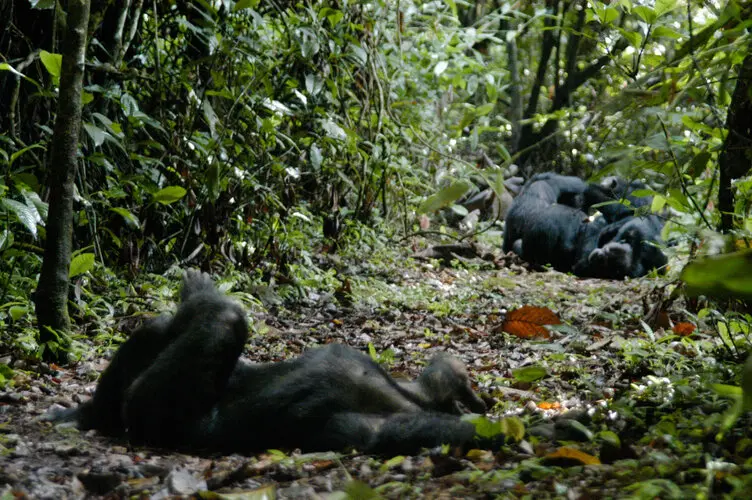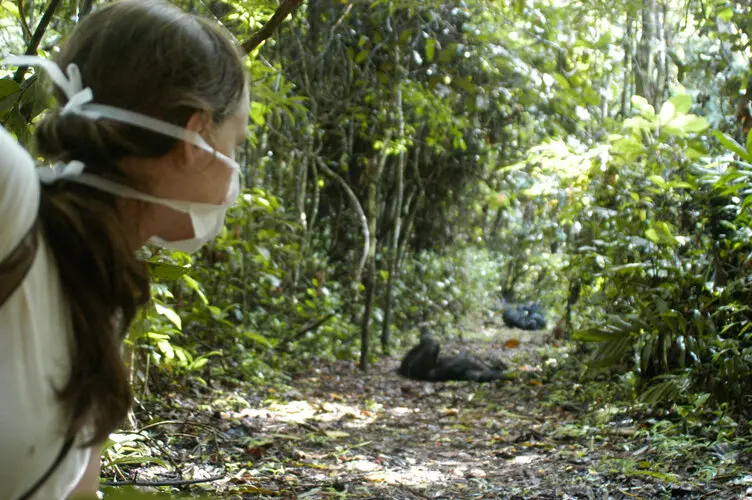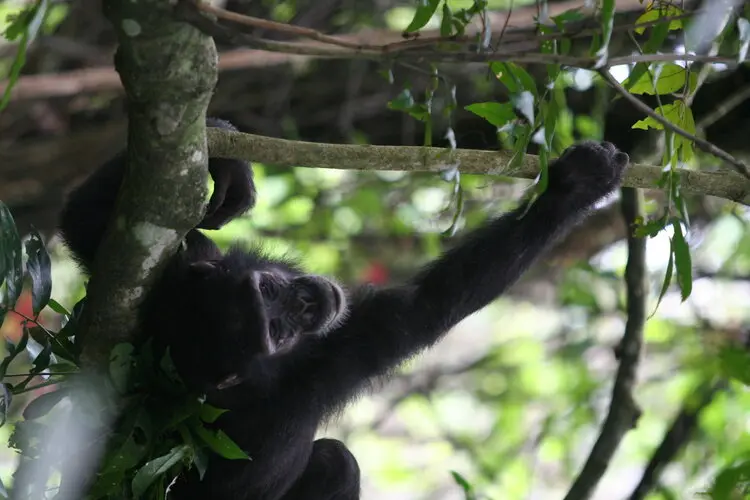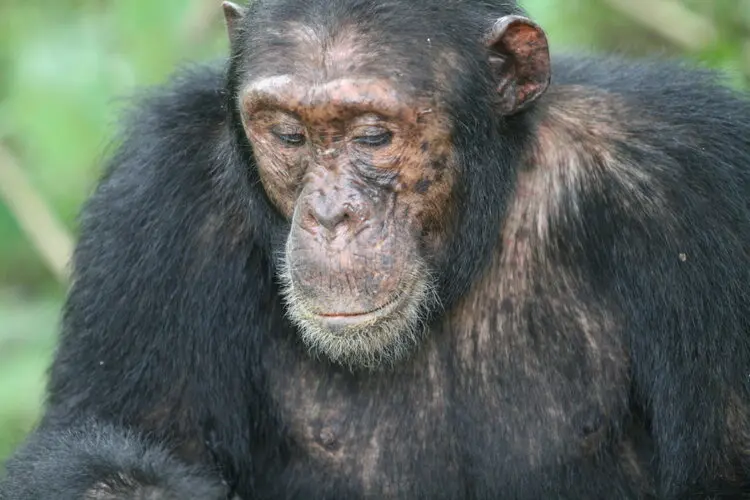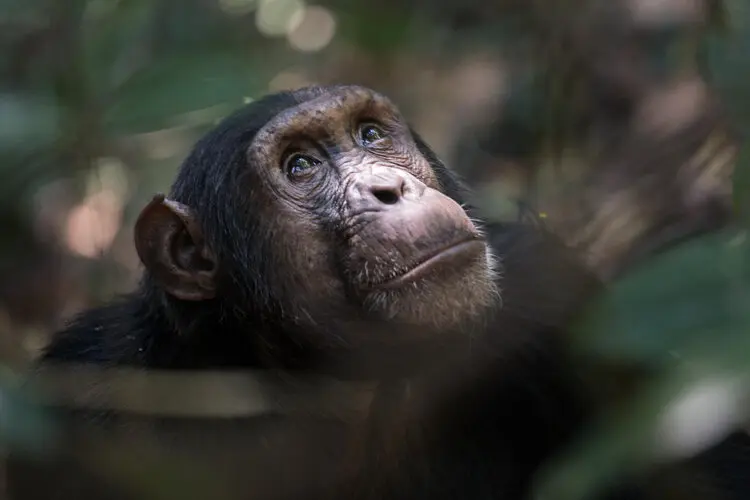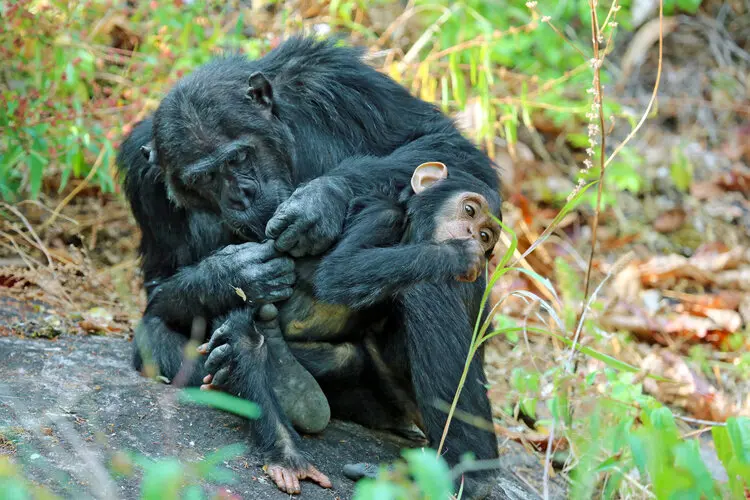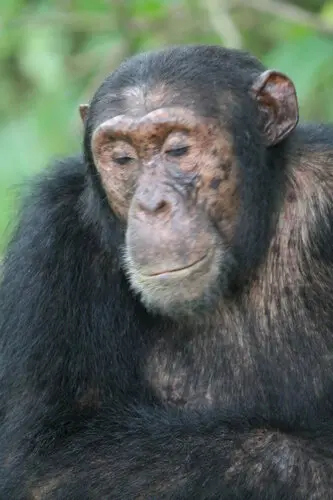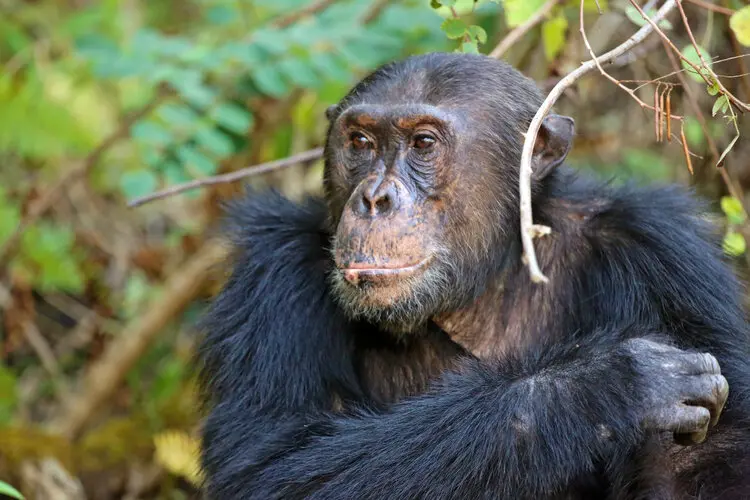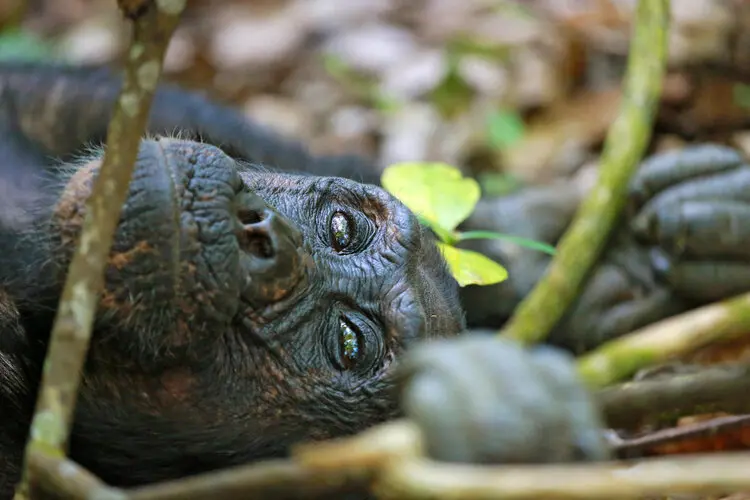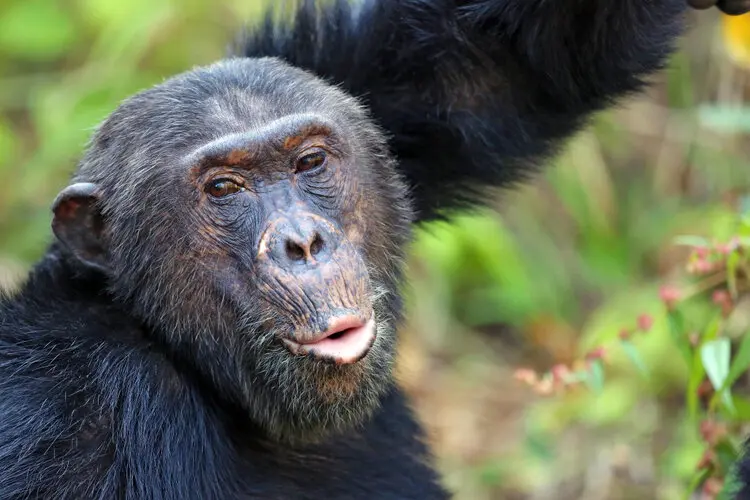Mahale Mountains National Park

Mahale Mountains National Park is a remote and pristine park located in western Tanzania.
The park covers an area of 1,613 square kilometers and is home to one of the largest populations of wild chimpanzees in the world.
The park is named after the Mahale Mountains, which rise up to 2,462 meters above sea level and provide a stunning backdrop to the park's lush forests and crystal-clear waters.
Visitors to Mahale Mountains National Park can experience a unique and intimate encounter with chimpanzees. The park is home to several habituated chimpanzee families that allow visitors to observe their behavior up close. Visitors can also enjoy hiking through the park's dense forests, swimming in the clear waters of Lake Tanganyika, and fishing for the lake's abundant fish.
The park is also home to a wide variety of other wildlife, including leopards, lions, buffalos, elephants, and a rich array of birdlife. The park's diverse topography, ranging from the mountains to the lake, offers visitors a unique and unforgettable safari experience.
Visitors can reach the park by boat from the town of Kigoma, located on the shores of Lake Tanganyika. Overall, Mahale Mountains National Park offers visitors a rare opportunity to connect with nature and experience the beauty of one of Africa's most pristine wilderness areas.
Best time to visit

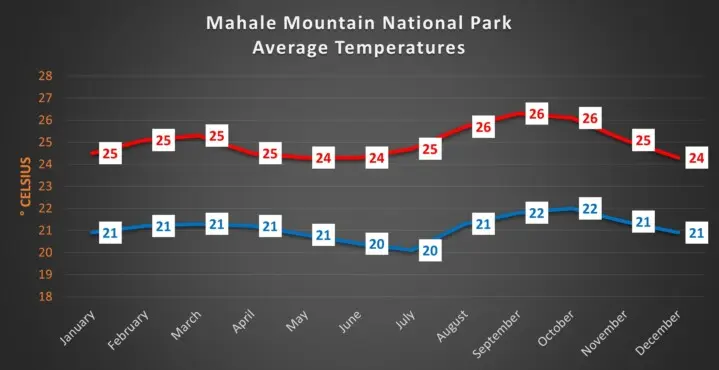
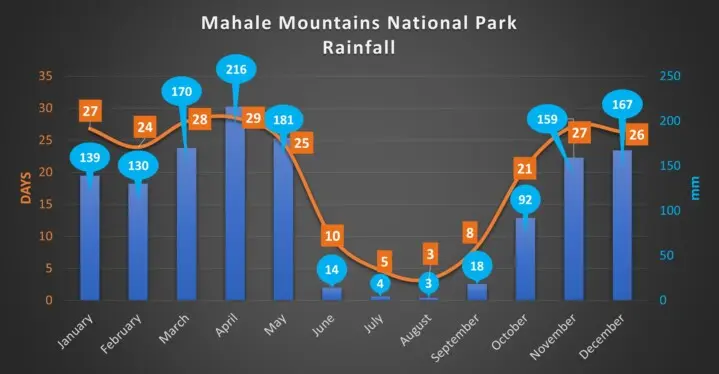
The best time to visit Mahale Mountains National Park is during the dry season, which typically runs from June to October.
During this time, the weather is generally dry and sunny, making it easier to access the park's trails and observe the chimpanzees.
The dry season also coincides with the peak season for tourism in Tanzania, so visitors should expect higher prices and more crowds.
It's worth noting that the park is accessible year-round, but the wet season, from November to May, can be challenging due to heavy rains and muddy trails. However, the wet season can also be a good time to visit for those interested in birdwatching or seeing the park's lush vegetation.
The park is closed during the month of April for chimpanzee research and habitat conservation.

